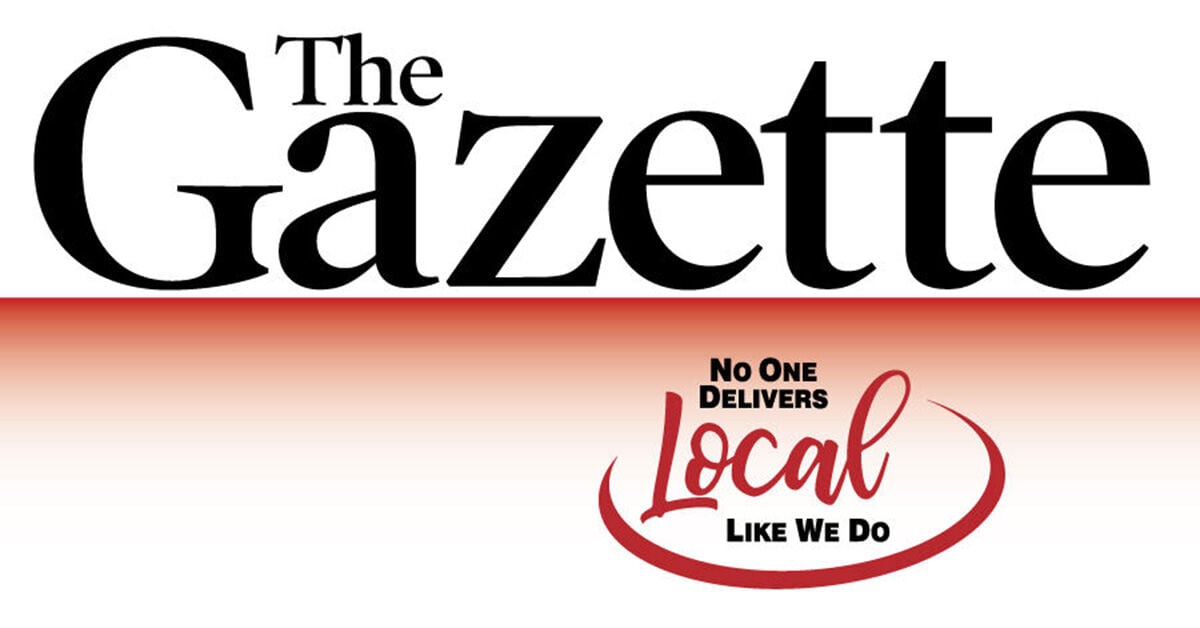Sask. has seen more tornadoes this year than the rest of Canada combined: tracking project | CBC News
So far this year, 17 tornadoes have touched down in Saskatchewan, according to a Western University-based tornado tracking project — 10 of which hit the province in a single day.

So far this year, 17 tornadoes have touched down in Saskatchewan, according to a Western University-based tornado tracking project — 10 of which hit the province in a single day.
The tornadoes have all been reported in south and central parts of the province, with the majority recorded in the areas between Estevan and Saskatoon, according to the Northern Tornadoes Project, a research project based at the London, Ont., university that tracks tornado activity across Canada.
David Sills, the director of the Northern Tornadoes Project, said 12 of those tornadoes touched down during a three-day span, from June 19-21. Of those, 10 were confirmed on June 19, and two from June 21.
Those came after two tornadoes touched down near Cut Knife on June 2, and were followed by another tornado on June 29 near Stockholm, in eastern Saskatchewan.
Two of the June 19 tornadoes were rated EF-2 on the enhanced Fujita scale, and three others were rated EF-1.
"These are strong tornadoes that are capable of ripping a rooftop, a home," said Sills.

RAW | Man shares video of tornado he says touched down briefly near Balgonie, Sask.
The others were rated EF-0, which indicates sustained wind of 105 to 137 km/h, and a tornado capable of causing light damage, like snapping or uprooting trees.
On average, from 2017 to 2024, Saskatchewan has seen about 14 tornadoes a year, according to the tornado projects data, but the number can range widely. There were 26 reported tornadoes in Saskatchewan in 2022, but only one in 2023. Last year, there were 19.
So far this year, Saskatchewan has seen more tornadoes than the 13 reported in the rest of the country combined, according to the project's data. There have been four each in Alberta and Quebec, two each in Manitoba and Ontario, and one in B.C. this year, according to the tracking project.
"It feels like this is Saskatchewan kind of reasserting itself and saying, 'yeah, tornadoes do happen here, and sometimes they're the big ones,'" Sills said.

There have been no fatalities associated with any confirmed tornadoes in Canada so far this year, Sills said.
Although it's not uncommon to see multiple tornadoes in one day, Sills said the number in Saskatchewan on June 19 was the biggest tornado outbreak he's seen since starting the Northern Tornadoes Project in 2017.
The June 19 tornadoes included an EF-1 in the Blackstrap Lake area, south of Saskatoon, and an EF-0 in Young, southwest of Saskatoon.
The others were in the province's southeast:
Sills said it was a stroke of luck that one of the homes hit by a tornado had special bracing in place.
"That actually prevented the roof from coming up. It's good to see that some folks are taking those kinds of precautions," he said.
Although there's no exact meteorological reason why Saskatchewan has received this many tornadoes, periods of extreme heat have played a factor, said Sills.
"That's based on timing of frontal systems as they move across and whether that timing coincides with the peak heating for the day, where that peak heating occurs. So it's just a matter of some coincidence."
Kayla Chamberlin and her partner, Shawn Hanofski, said they saw a tornado touch down in the yard of their rural home near Hubbard, Sask., about 115 kilometres northeast of Regina, on June 19.
Hanofski said he couldn't believe their house was still standing after the tornado passed through.
Chamberlain was shocked too.
"You could hear things being smacked up against the house," she said.

Their home suffered slight damage, like shingles being ripped off their roof. But the couple said the real damage was to farm equipment and to the land, with entire trees being ripped out of the ground.
Sills said June and July are typically peak tornado season and that things should calm down into next month.
"The numbers actually start to decline typically as we get into August, and then come the fall, it pretty much shuts down on the prairies. Hopefully we've seen the peak and we'll tail off now."

Halyna Mihalik is a journalist for CBC Saskatchewan. She holds a degree in journalism from the University of Regina. Halyna enjoys stories of human interest, rural communities and local politics. Send Halyna news tips at [email protected]
You may also like...
Diddy's Legal Troubles & Racketeering Trial

Music mogul Sean 'Diddy' Combs was acquitted of sex trafficking and racketeering charges but convicted on transportation...
Thomas Partey Faces Rape & Sexual Assault Charges

Former Arsenal midfielder Thomas Partey has been formally charged with multiple counts of rape and sexual assault by UK ...
Nigeria Universities Changes Admission Policies

JAMB has clarified its admission policies, rectifying a student's status, reiterating the necessity of its Central Admis...
Ghana's Economic Reforms & Gold Sector Initiatives

Ghana is undertaking a comprehensive economic overhaul with President John Dramani Mahama's 24-Hour Economy and Accelera...
WAFCON 2024 African Women's Football Tournament

The 2024 Women's Africa Cup of Nations opened with thrilling matches, seeing Nigeria's Super Falcons secure a dominant 3...
Emergence & Dynamics of Nigeria's ADC Coalition

A new opposition coalition, led by the African Democratic Congress (ADC), is emerging to challenge President Bola Ahmed ...
Demise of Olubadan of Ibadanland
Oba Owolabi Olakulehin, the 43rd Olubadan of Ibadanland, has died at 90, concluding a life of distinguished service in t...
Death of Nigerian Goalkeeping Legend Peter Rufai

Nigerian football mourns the death of legendary Super Eagles goalkeeper Peter Rufai, who passed away at 61. Known as 'Do...



